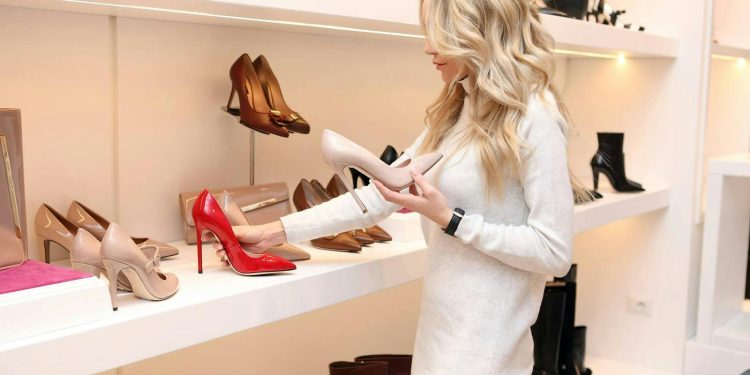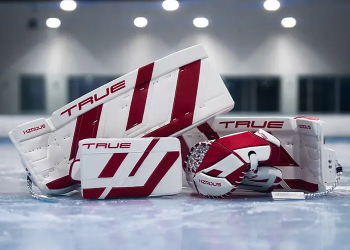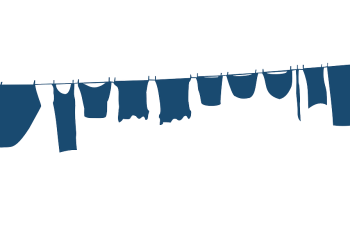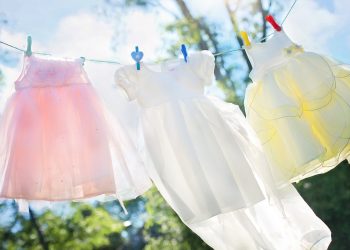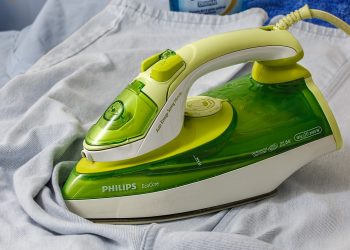Luxury items symbolize status, craftsmanship, and timeless appeal, but the market is rife with counterfeits that can mislead even the most discerning shoppers. Knowing how to spot authentic luxury items is essential for ensuring that your investment is genuine. From handbags and watches to clothing and jewelry, this guide provides tips to help you differentiate between real and fake luxury goods.
Understand the Brand
Every luxury brand has distinct characteristics that set it apart:
- Study the Brand’s History:
- Learn about the brand’s heritage, iconic designs, and signature details.
- Familiarize yourself with the materials, stitching, and logos commonly used.
- Visit Official Stores:
- Examine authentic items in flagship stores or authorized retailers to understand the quality and craftsmanship.
- Research Authenticity Features:
- Many brands incorporate specific features like serial numbers, holograms, or RFID tags to ensure authenticity.
A thorough understanding of the brand is the first step in spotting genuine luxury items.
Check the Materials
Luxury items are made from the finest materials:
- Leather Goods:
- Authentic leather feels supple, has a rich aroma, and ages gracefully.
- Counterfeit leather often feels stiff or has a chemical smell.
- Fabrics:
- High-end clothing uses premium fabrics like silk, cashmere, or organic cotton.
- Look for even stitching, consistent patterns, and clean finishes.
- Jewelry and Watches:
- Real gemstones are uniform in color and have natural inclusions.
- Genuine watches have precise movements and solid construction.
Paying attention to materials can quickly reveal whether an item is authentic or counterfeit.
Examine Craftsmanship
Luxury items are known for their impeccable craftsmanship:
- Stitching:
- Look for straight, even stitches with no loose threads.
- Count the number of stitches per inch—luxury items often have higher stitch counts.
- Hardware:
- Zippers, clasps, and buttons should feel heavy and solid.
- Logos or engravings on hardware should be sharp and precise.
- Logos and Monograms:
- Check for consistency in font, spacing, and alignment.
- Authentic monograms are never cut off or misaligned.
Attention to detail is a hallmark of genuine luxury items.
Verify Serial Numbers and Certificates
Many luxury items include documentation to prove authenticity:
- Serial Numbers:
- Cross-check the serial number with the brand’s database or customer service.
- Ensure the font and placement match the brand’s standards.
- Certificates of Authenticity:
- High-end jewelry and watches often come with official certificates.
- Verify the certificate’s authenticity by contacting the issuing brand.
- Holograms and QR Codes:
- Some brands use scannable QR codes or holograms to confirm authenticity.
Never purchase luxury items without verifying their accompanying documentation.
Inspect Packaging
Luxury brands pay as much attention to packaging as they do to their products:
- Boxes and Dust Bags:
- Authentic items come in high-quality packaging, often embossed with the brand’s logo.
- Dust bags should have clean stitching and a soft, durable fabric.
- Receipts:
- Genuine items are accompanied by receipts with accurate brand and store information.
- Tags and Labels:
- Check for clear printing, proper spacing, and consistent branding.
The packaging is often a telltale sign of an item’s authenticity.
Purchase from Trusted Sources
Where you buy luxury items matters:
- Official Stores:
- Purchase directly from flagship stores or authorized retailers to guarantee authenticity.
- Reputable Resale Platforms:
- Platforms like The RealReal, Vestiaire Collective, and Fashionphile authenticate items before listing them.
- Auction Houses:
- Established auction houses like Christie’s or Sotheby’s provide authentication for rare and vintage pieces.
Avoid unknown or unverified sellers, especially for high-value items.
Be Wary of Prices
Luxury items come with a premium price for a reason:
- Too Good to Be True:
- Extremely low prices are often a red flag for counterfeit goods.
- Research Market Value:
- Familiarize yourself with the typical price range for the item you’re purchasing.
- Ask Questions:
- Inquire about the item’s history, previous ownership, and proof of purchase.
A suspiciously low price is often a warning sign of inauthenticity.
Spotting Fakes Online
Online shopping requires extra vigilance:
- Examine Photos:
- Look for high-resolution images that show all angles of the item.
- Request additional photos if the listing seems incomplete.
- Check Seller Reviews:
- Read reviews and ratings to gauge the seller’s credibility.
- Payment Methods:
- Use secure payment methods that offer buyer protection, such as credit cards or PayPal.
Online marketplaces are convenient but require careful scrutiny to avoid counterfeits.
Authenticate Vintage Items
Vintage luxury items have unique challenges:
- Consult Experts:
- Seek appraisals from professionals specializing in vintage luxury goods.
- Check Condition:
- Signs of wear are normal but should align with the item’s age and usage.
- Verify Details:
- Vintage logos, hardware, and stitching may differ slightly from modern standards, so research the brand’s history.
Vintage items often require a deeper level of authentication to confirm their provenance.
Stay Informed
The counterfeit market evolves constantly, making it essential to stay updated:
- Follow the Brand:
- Subscribe to newsletters or follow the brand’s social media for updates on authenticity features.
- Join Communities:
- Engage with forums and groups dedicated to luxury items to share tips and knowledge.
- Learn from Experts:
- Attend workshops or read guides on authenticating specific brands or types of items.
Knowledge is your best tool for navigating the luxury market confidently.
Spotting authentic luxury items requires a combination of research, attention to detail, and vigilance. By following these guidelines, you can ensure your purchases are genuine, allowing you to enjoy the quality and prestige that come with true luxury goods.


